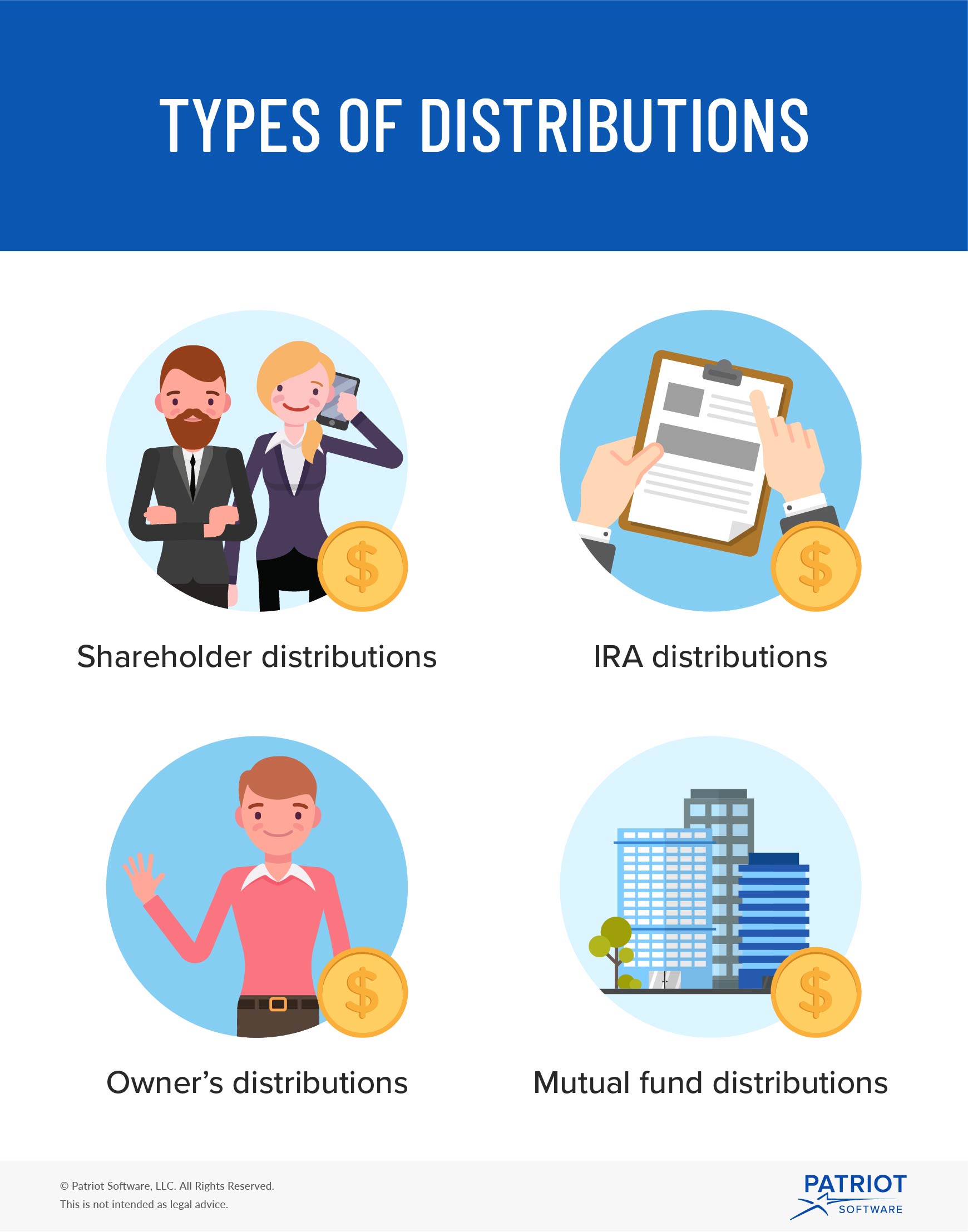Disbursements Clipboard Image

Cover What Is Distribution? Definition, Types, & More (1740x2215)
Table of Contents
- What is a Disbursement?
- What Are the Types of Disbursements?
- What Is the Disbursement Process?
- What Are Some Examples of Disbursements?
- What Is the Difference Between a Disbursement and a Reimbursement?
What is a Disbursement?
A disbursement is a payment made by an individual or organization to another party. The payment can be made in the form of cash, check, electronic transfer, or any other agreed-upon method of payment. Disbursements are often made as part of a contractual agreement between two parties, but they can also be made for other reasons, such as to settle a debt or make a charitable donation.
Disbursements are an important part of financial management, as they allow organizations to pay their bills and fulfill their obligations. Without disbursements, businesses and other organizations would not be able to operate effectively or meet their financial responsibilities.
What Are the Types of Disbursements?
There are several types of disbursements, including:
- Payroll disbursements: These are payments made to employees for their work. This can include salaries, wages, bonuses, and other forms of compensation.
- Vendor disbursements: These are payments made to suppliers, contractors, and other vendors for goods and services provided.
- Loan disbursements: These are payments made to borrowers as part of a loan agreement. This can include mortgages, car loans, and other types of loans.
- Charitable disbursements: These are payments made to charitable organizations or causes as a donation.
What Is the Disbursement Process?
The disbursement process involves several steps to ensure that payments are made accurately and efficiently. These steps may vary depending on the organization, but generally include:
- Authorization: Before a disbursement can be made, it must be authorized by someone with the necessary authority, such as a manager or executive.
- Documentation: Documentation is required to support the disbursement, such as an invoice, contract, or receipt.
- Verification: The documentation is verified to ensure that the payment amount and details are accurate.
- Payment: The payment is made using the agreed-upon method, such as a check or electronic transfer.
- Recordkeeping: Records are kept of the disbursement, including the amount, date, and purpose.
What Are Some Examples of Disbursements?
Some examples of disbursements include:
- A business paying its employees for their work.
- A homeowner paying a contractor for home repairs.
- A borrower receiving a loan from a bank.
- A donor making a charitable donation to a nonprofit organization.
What Is the Difference Between a Disbursement and a Reimbursement?
The main difference between a disbursement and a reimbursement is the direction of the payment. A disbursement is a payment made by an individual or organization to another party, while a reimbursement is a payment made by an individual or organization to someone who has already made a payment.
For example, if an employee pays for a business expense out of their own pocket and is later reimbursed by their employer, the payment from the employer to the employee is a reimbursement, not a disbursement. On the other hand, if the employer pays for the expense directly, that would be a disbursement.
Conclusion
In conclusion, a disbursement is a payment made by an individual or organization to another party, and it is an important part of financial management. There are several types of disbursements, including payroll, vendor, loan, and charitable disbursements. The disbursement process involves several steps to ensure that payments are made accurately and efficiently, including authorization, documentation, verification, payment, and recordkeeping. Examples of disbursements include paying employees, paying contractors, receiving loans, and making charitable donations. A reimbursement, on the other hand, is a payment made to someone who has already made a payment, and it is not the same as a disbursement. Overall, understanding disbursements and their role in financial management is essential for individuals and organizations alike.
Post a Comment for "Disbursements Clipboard Image"